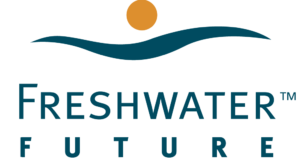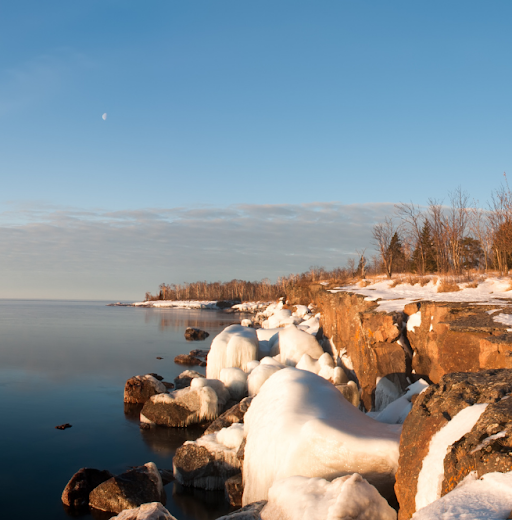Success: Administration Cancels Mine Leases for Minnesota Boundary Waters!
We’ve been reporting on the struggle to protect the Boundary Waters Canoe Area Wilderness and Lake Superior from an open pit mine that would produce toxic acid mine drainage for years. Unfortunately, recent political winds have often changed the course of these protections, but a recent legal opinion from the U.S. Department of Interior determined that the leases had been renewed without sufficient environmental analysis. We are grateful to all of the organizations that have been working to protect this popular wilderness area from mining, such as Water Legacy in Minnesota. While this is not likely the end of the work to safe this amazing treasure, it is a good step in the right direction.
Success: $1 Billion For Great Lakes Restoration
The United States Environmental Protection Agency announced a major boost to Great Lakes restoration efforts with $1 Billion from the Bipartisan Infrastructure Bill earmarked for cleanup of polluted hotspots in the region. This funding will focus on cleanup at 22 Areas of Concern, including designated underserved communities, through the Justice 40 Initiative. Freshwater Future has worked hard for over a decade to ensure there is a continued focus through federal funding on the region to improve the environment, public health, and economy. Stay tuned for more information as plans are implemented.
Southern Ontario Wetlands Provide Over $4 Billion in Natural Filtration Annually
Ontario has lost over 90% of its original wetlands through urbanization, and to a lesser extent, agriculture. Research completed at the University of Waterloo by Dr Tariq Aziz found that the remaining wetlands provide about $4.2 billion in sediment filtration and phosphorus removal services annually. This natural process helps keep drinking water sources clean and lessens the impact of algae blooms in lakes and rivers.
Rivers Found to Be Major Source of PFAS Pollution to the Great Lakes
Rivers draining into the Great Lakes discharge more than just water, they transport pollution as well, and a recent study found they play a significant role in moving PFAS pollution, the family of toxic chemicals called “forever chemicals.” Water and sediment samples analyzed from three tributaries: the Fox, Menominee and Peshtigo Rivers, accounted for two-thirds of the PFAS pollution in Green Bay. The Great Lakes are the source of drinking water for more than 40 million people in the U.S. and Canada. Understanding how PFAS are reaching the Great Lakes is critical to developing solutions to protect our drinking water sources.








